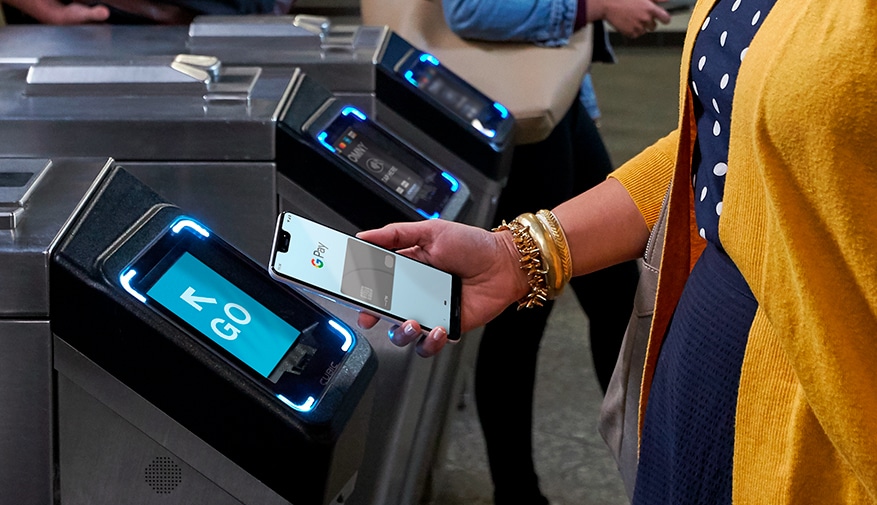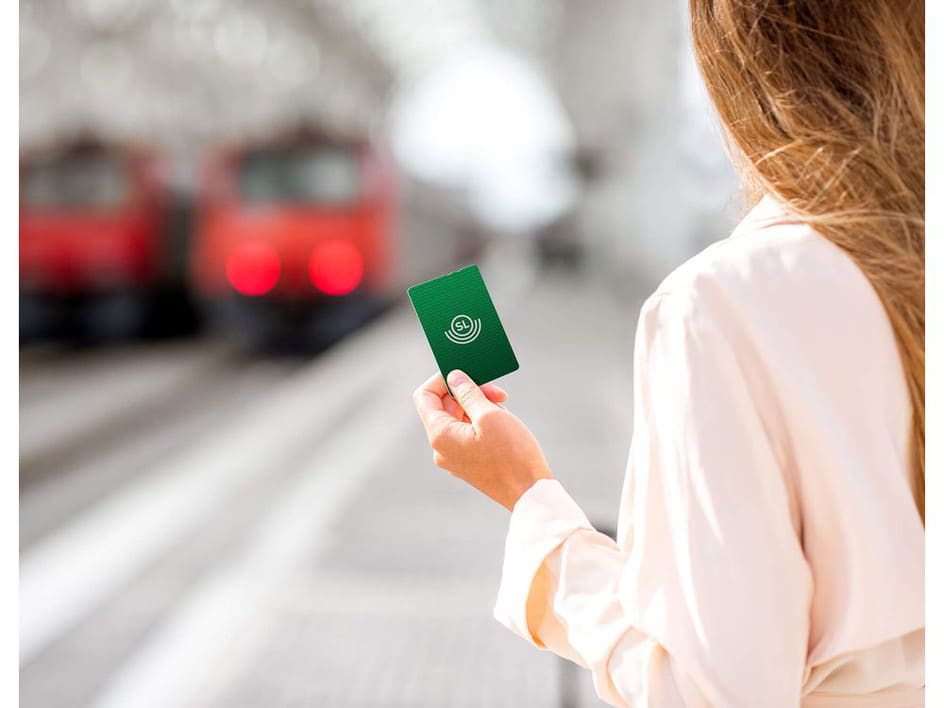
Article Highlights
NFC wallets account for a growing share of contactless fare payments for major transit agencies, as Covid-wary customers see the convenience of using their smartphones or wearables to pay.
Chart: Percentage of trips from NFC wallets out of total contactless trips for four major transit agencies.
• MTA (New York)
• Transport for London
• Transport for NSW
• TfGM (Manchester)
Transit agencies that have rolled out open-loop contactless payments are seeing growing use of NFC wallets to pay fares, as Covid-wary passengers see convenience in tapping their phones or wearables to pay.



















